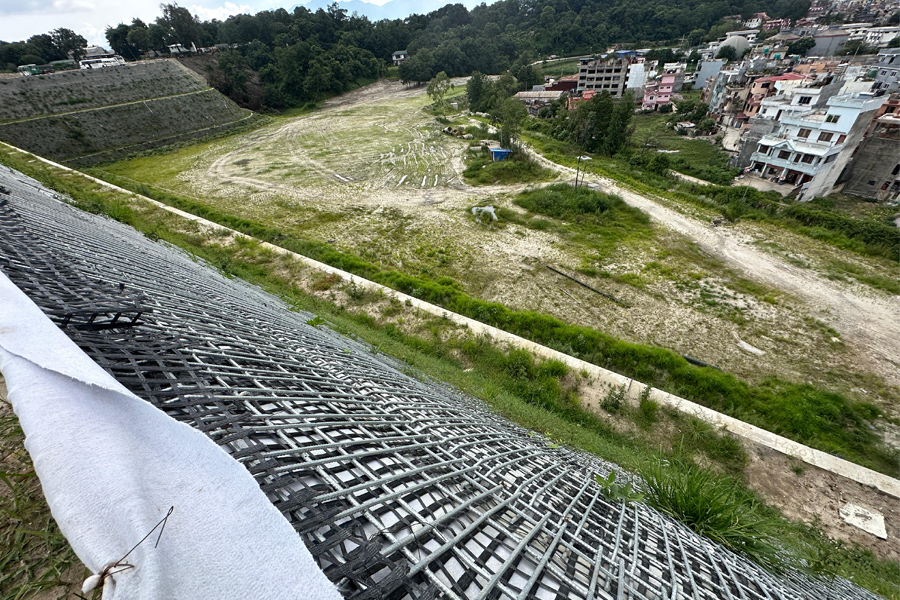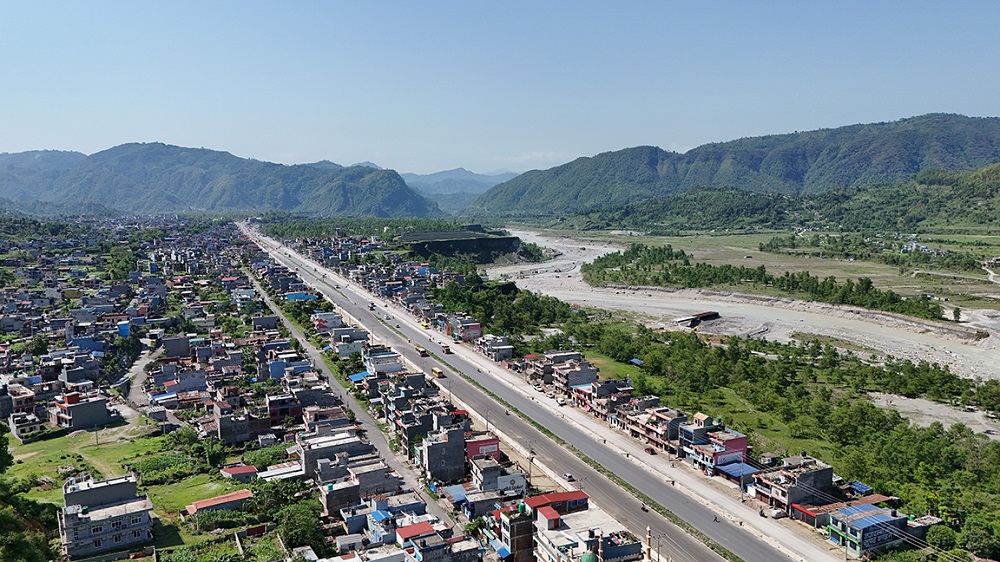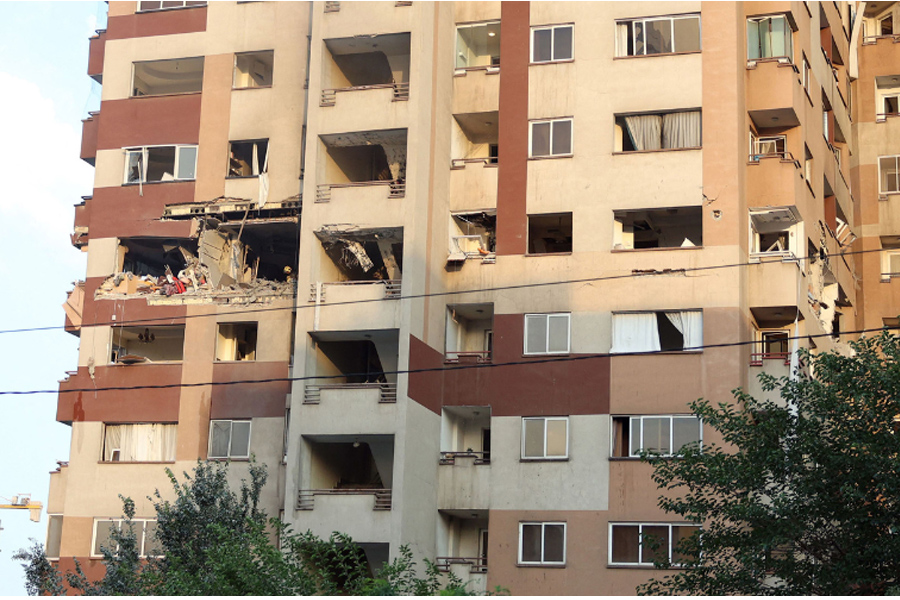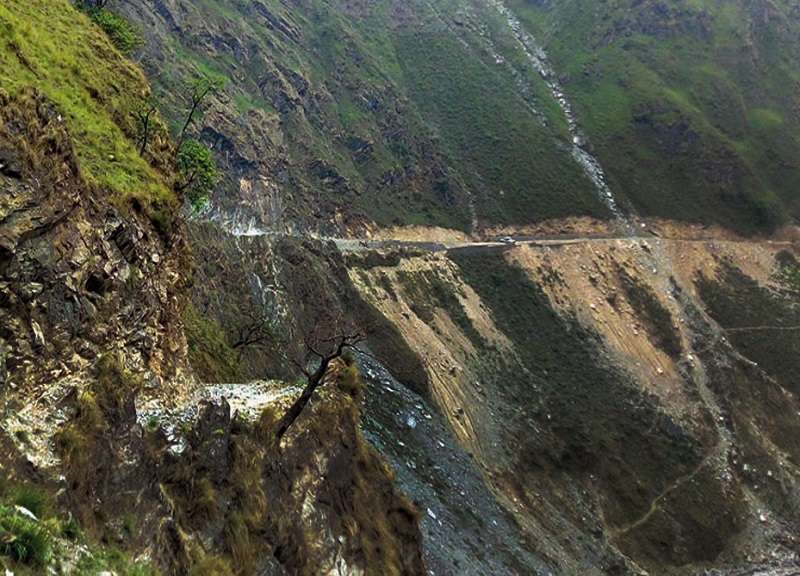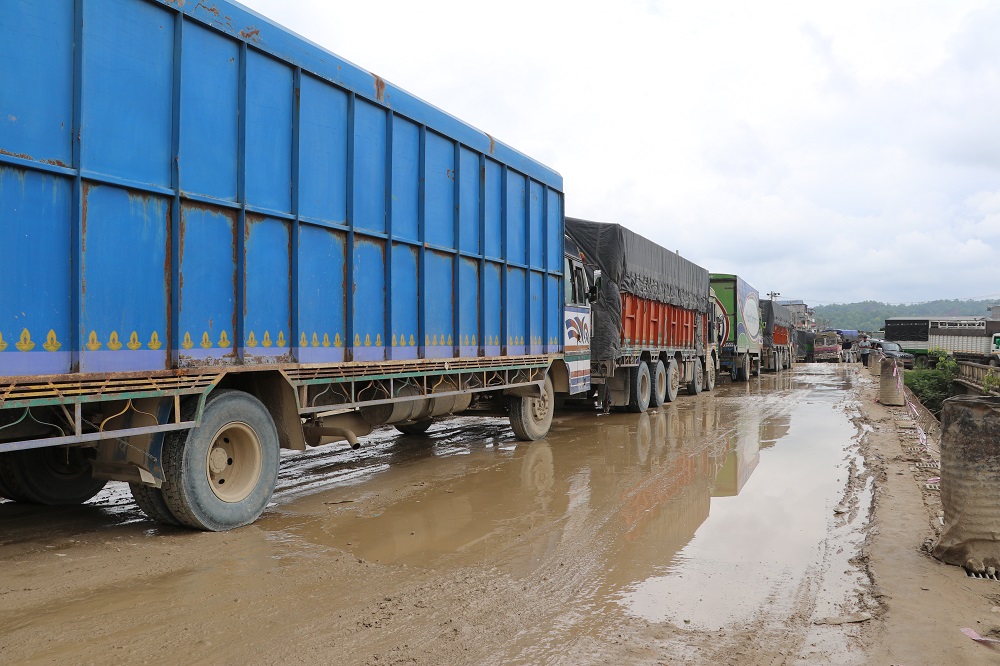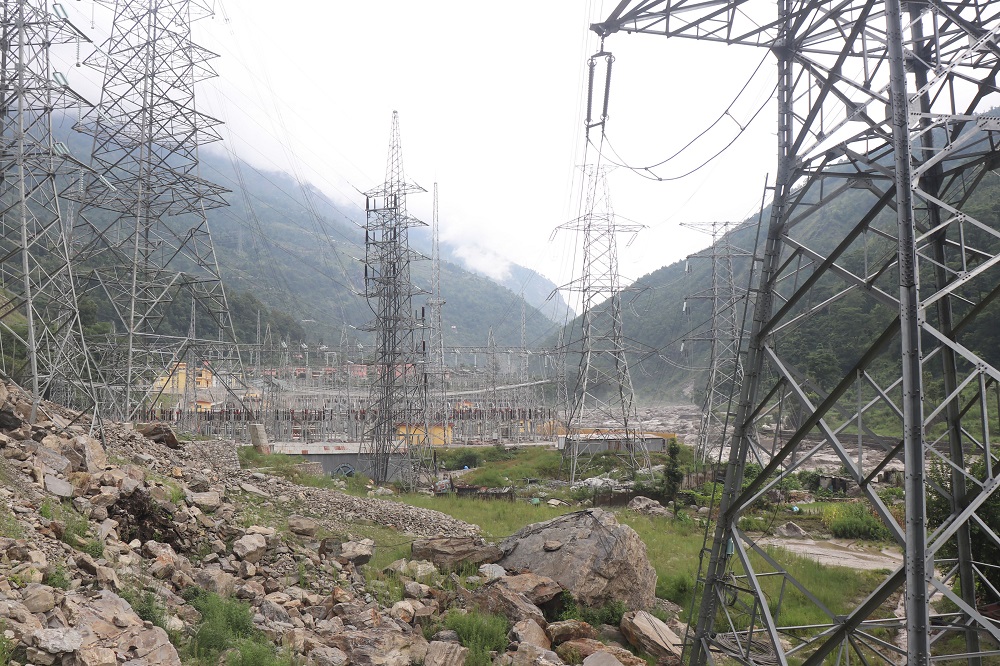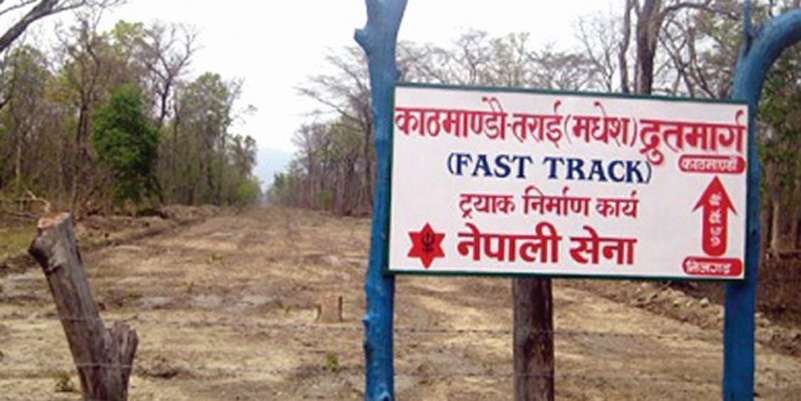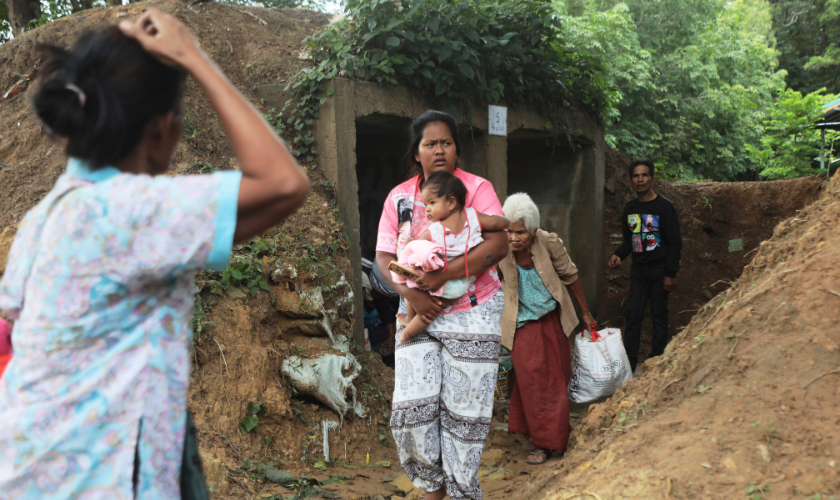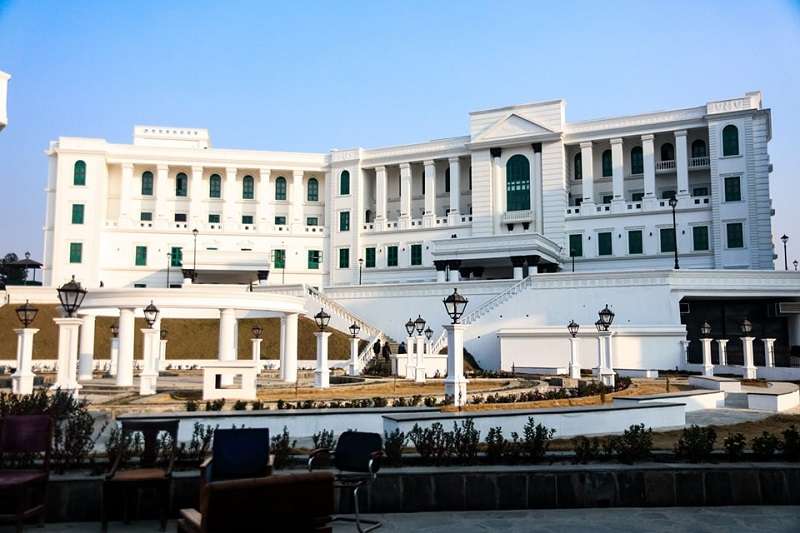Nepal Oil Corporation (NOC) is set to construct a new aviation fuel depot within the premises of Tribhuvan International Airport (TIA) at an estimated cost of Rs 6.5 billion. A Detailed Project Report (DPR) for the project has already been prepared.
The DPR, prepared by the Consultancy Services of the Institute of Engineering under Tribhuvan University, was handed over to NOC on Thursday. According to Dr. Suraj Lamichhane, Assistant Dean of the Institute, the report was prepared entirely by Nepali technical experts.
The decision to build a new depot was made after the existing facility in Sinamangal was found to fall short of international standards, posed security risks to the airport, and lacked the space for storage capacity expansion. The new depot will be built in the northeastern area of the airport near Guheshwari.
Read: NOC Blames CAAN for Delay in Relocation of Sinamangal Air Fuel Depot
Project Chief and Head of the Aviation Fuel Depot Office at Sinamangal, Engineer Pradeep Yadav, said the depot is expected to cost Rs 6.54 billion. He added that the Civil Aviation Authority of Nepal (CAAN) has demarcated and is clearing the construction site.
The new depot will feature five storage tanks, each with a capacity of 3,000 kilolitres. Additional land will be reserved for future capacity expansion. NOC plans to build the depot on 50 ropanis of land provided by CAAN in the Guheshwari area, formerly used as a golf course by the Nepali Army.
According to Yadav, the new depot will be fully secure and equipped with modern technologies. It will include two water tanks with a combined capacity of 2,100 kilolitres for fire safety, along with a fully automated fire-fighting system, in line with international safety standards.
Following concerns over the security risk posed by the existing Sinamangal depot's proximity to the airport, the government decided on August 12, 2024 to relocate the depot. The new site at Guheshwari was subsequently approved for the relocation.
NOC plans to invite tenders for construction in Bhadra (mid-August to mid-September), with the evaluation process to be completed within two months. Construction is scheduled to begin within six months and is expected to be completed and operational by November-December 2027, according to Yadav.

